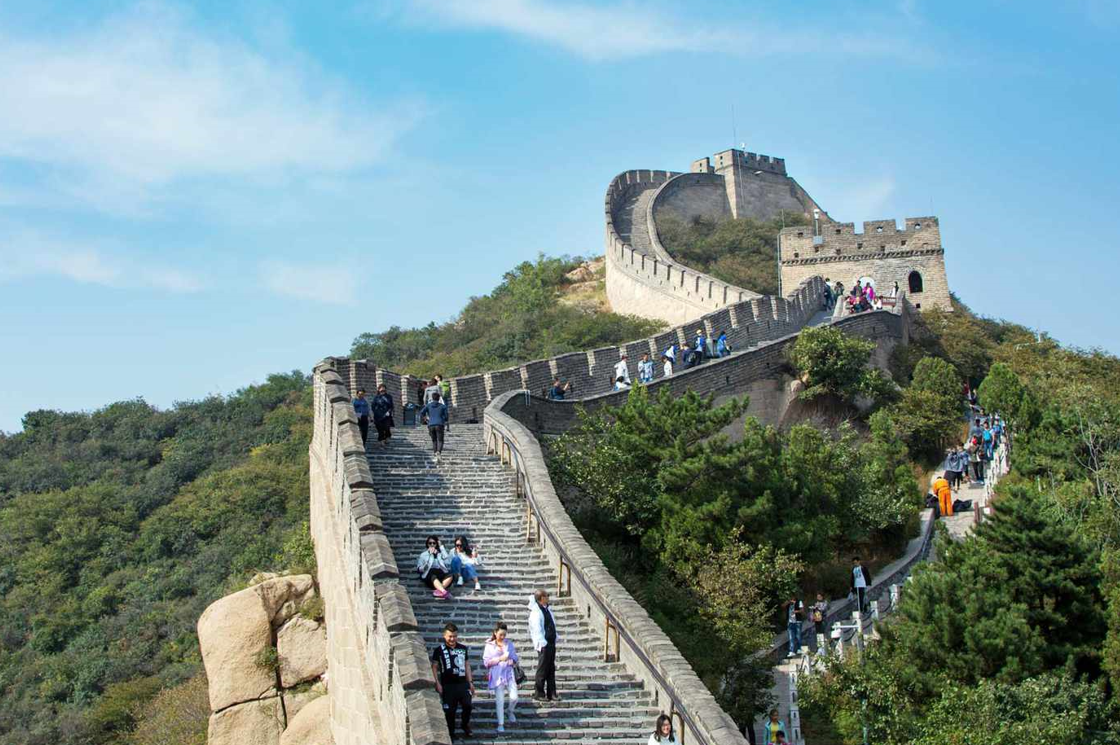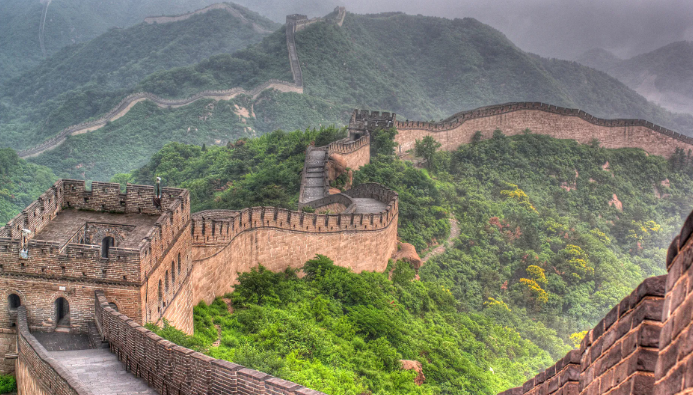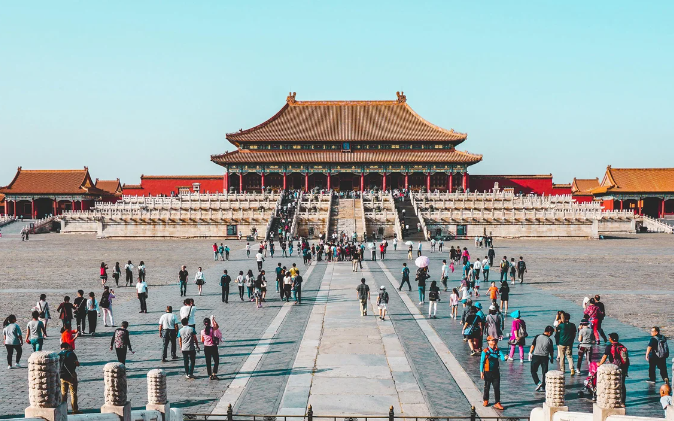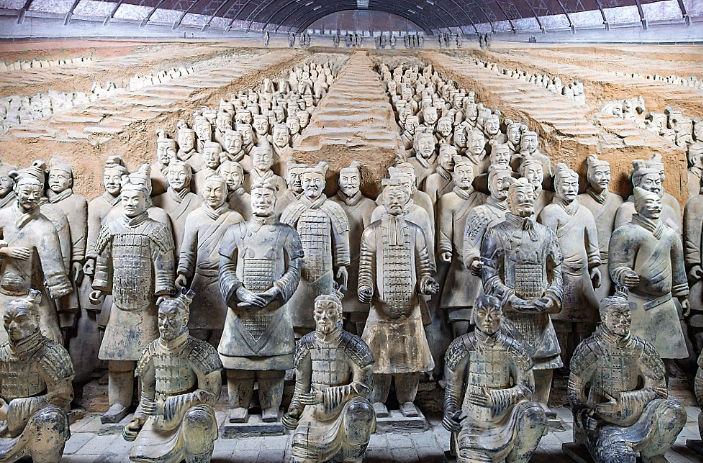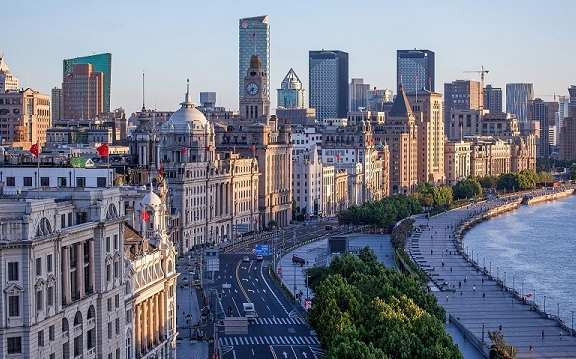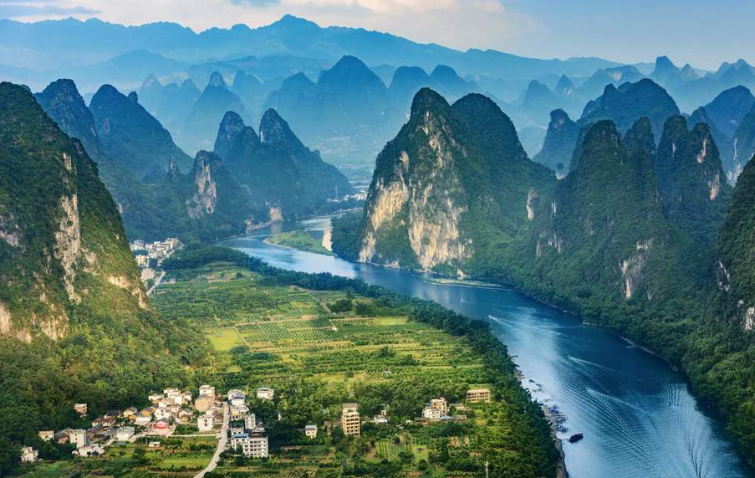In future meetings of the Donald Trump administration, some have spoken in favor of changing the Communist regime. They suggest moving to the regime of Nazi Italy. Some have argued that the United States must help strengthen the armed forces of the United States of America. Um, um, um, as a producer to spread the word around the world.
One of the key questions that arises is whether the Sino-U.S. conflict is deepening. All of this was done for the sake of the Chinese people. The policy of promoting the spirit of the Chinese people to the world will change in the future.
The U. S. government must impose sanctions on the Chinese government. It must not allow the Chinese to enter the country, because it is an act of aggression against the Chinese. The Chinese are very suspicious of the situation in Xinjiang and Hong Kong. I am Vu Sinpo, a professor at the School of Foreign Studies at Fujian University.

The future of the new US Secretary of State must be protected from the Chinese invaders. Therefore, this document will be used as an example in the discussion of the Chinese and American cooperation. Moreover, there are not only Marco Rubio who has a strong support for the Chinese side. John Ratcliffe, who, according to the US Constitution,
The United States is making a deal with the Chinese Communist Party. He also added that the United States must withdraw the South Korean troops from the agreement. They must stop the Chinese aggression during the sale of weapons to Taiwan from now on. Not only that, the future of the new government of Donald Trump has been added, adding that the number of Nazis per

We have been working with the new US government, the Donald Trump administration. Our goal is to help our countries forge ahead together. This is despite our disagreements. This response will break down the key themes, separate factual claims from misinformation, and provide context.
1. On “Changing Regimes” and References to Nazi Italy
The claim that anyone in a future Trump administration is speaking in favor of “changing the Communist regime” is false. It is also deeply misleading to suggest they are “moving to the regime of Nazi Italy.”
- Context of Nazi Italy: Nazi Italy, under Benito Mussolini, was a fascist dictatorship. It was characterized by extreme nationalism. The regime suppressed opposition and controlled society. No mainstream political figure in the United States advocates for adopting such a system. The U.S. is a constitutional republic with a democratic tradition. Comparing any proposed U.S. policy to Nazi Italy is typically used as inflammatory rhetoric, not a factual description.
- U.S. Policy Towards China: The official U.S. stance is not to overthrow the Chinese government. It is not a “change of regime.” Instead, it is to compete with it strategically. This competition focuses particularly on economic and technological issues. The policy is one of “strategic competition,” not “regime change.”
2. On Strengthening the U.S. Armed Forces
The idea that “the United States must help strengthen the armed forces” is common. It is also a legitimate policy debate.
- Bipartisan Support: There is strong bipartisan support in the U.S. for maintaining a powerful military. Debates typically focus on the size of the military budget, the types of weapons systems to fund, and the strategic priorities (e.g., focusing on China, Russia, or counter-terrorism).
- “Spreading the Word”: The phrase “as a producer to spread the word around the world” is unclear. The U.S. military’s role is national defense, not producing propaganda. The U.S. does, however, engage in global diplomatic and strategic communication to promote its interests and values.
3. On the Sino-U.S. Conflict and Sanctions
This section contains a mix of hardline policy proposals and factual errors.
- Deepening Conflict: It is accurate that the Sino-U.S. relationship is increasingly defined by strategic competition across trade, technology (e.g., semiconductors), military presence in the South China Sea, and geopolitical influence. This is the most factual part of the query.
- Proposed Sanctions and Travel Bans: The text suggests extreme policies. These include blanket sanctions and not allowing “the Chinese to enter the country.” This is not official U.S. policy.
- The U.S. has sanctioned specific Chinese companies and officials for human rights abuses (e.g., in Xinjiang) or threats to national security, not the entire Chinese population.
- The U.S. does not ban all Chinese people from entering. There are restrictions on certain visas for students and researchers affiliated with China’s military-linked universities. This policy is targeted. It is not a blanket policy.
- “Act of Aggression against the Chinese”: This phrasing is incorrect. Policies are designed to counter the Chinese government’s actions, not the Chinese people. This is a critical distinction.
4. On Taiwan, Arms Sales, and South Korea
This section misrepresents several complex issues.
- Weapons Sales to Taiwan: The U.S. has a long-standing policy under the Taiwan Relations Act to provide Taiwan with defensive arms. This is a key part of U.S. strategy to maintain the status quo in the Taiwan Strait. The U.S. officially acknowledges the Chinese position that there is One China. However, it insists that the cross-strait difference be resolved peacefully. China views these arms sales as a violation of its sovereignty.
- “Withdraw South Korean troops from the agreement”: This is nonsensical. The U.S. has a mutual defense treaty with South Korea and stations troops there to deter aggression from North Korea. It is not an “agreement” from which troops would be “withdrawn” in the context of China. This point seems to confuse several issues.
5. On the Mentioned U.S. Figures
- Marco Rubio and John Ratcliffe: Senator Marco Rubio is known for his hardline, hawkish views on China. Former Director of National Intelligence John Ratcliffe also shares these views. They are often critical of the Chinese Communist Party and advocate for tougher U.S. policies. The text’s claim that they have “strong support from the Chinese side” is completely false. In reality, they are among the most prominent China hawks in U.S. politics.
6. “Who are the more powerful? U.S. and China”
This is the core of the strategic competition. It’s not a simple answer:
- Military Power: The United States has the world’s most powerful military. It has greater global reach than any other nation. The country possesses the most aircraft carriers and has the highest military spending.
- Economic Power: Measured by GDP, China and the U.S. are the two largest economies in the world. They are deeply interconnected through trade.
- Global Influence: The U.S. has a vast network of alliances (NATO, treaties with Japan, South Korea, etc.). China wields immense influence through its economic power. It has a significant role due to the Belt and Road Initiative. Additionally, its permanent seat on the UN Security Council adds to its power.
Most analysts argue that the U.S. remains the more powerful country overall. However, China is the only nation with the potential to rival its global influence in the coming decades.
Summary and Important Note:
The text you provided is not a reliable source of information. It combines:
- Real issues: U.S.-China competition, arms sales to Taiwan.
- Real hardline opinions: The views of officials like Rubio.
- Gross inaccuracies: References to Nazi Italy, false claims of support from China.
- Inflammatory and racist language: Labeling Chinese people as “invaders” or suggesting a blanket ban on them is dangerous rhetoric.
It is crucial to seek information from reputable, mainstream news sources to understand these complex geopolitical issues accurately.



